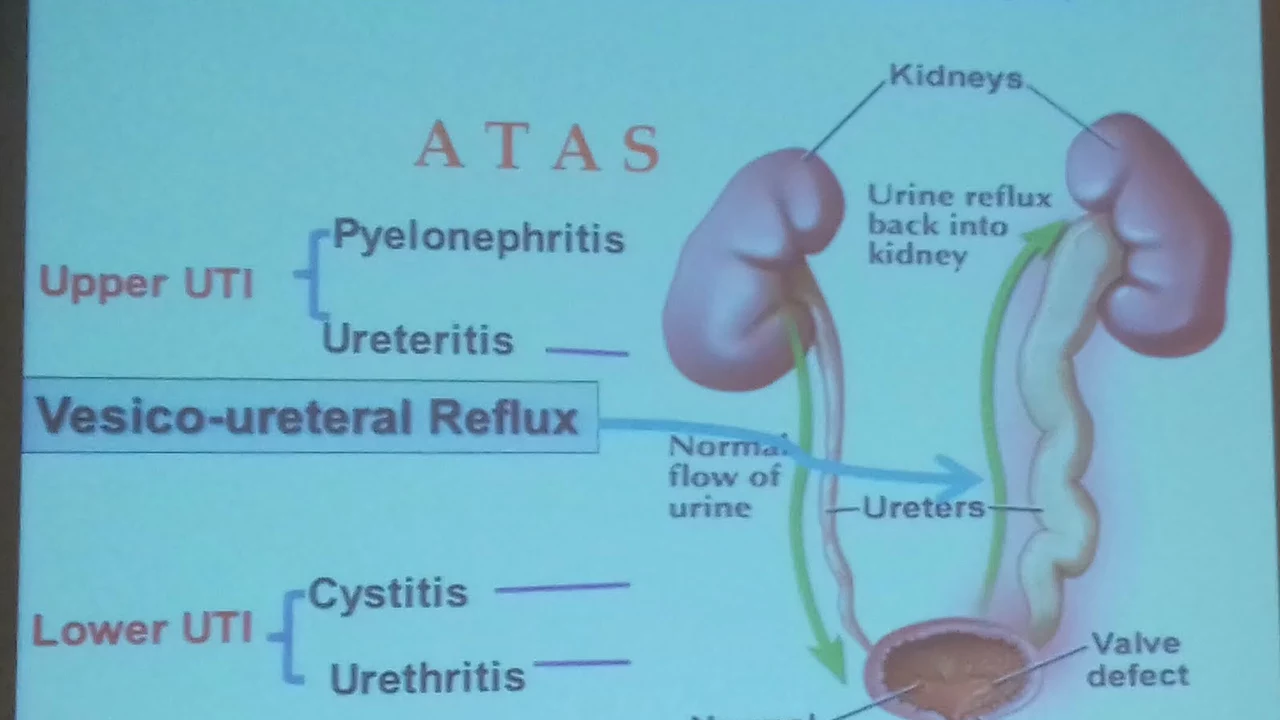Kidney stones — causes, symptoms, prevention and treatment
Pain from a kidney stone can be sudden and brutal. If you’ve never had one, picture a sharp cramp in your back or side that won’t quit. This page gives practical, no-nonsense advice so you know what might've caused the stone, what to do now, and how to lower the chance of getting another one.
What causes stones and how to recognize them
Stones form when waste minerals in urine—like calcium, oxalate, or uric acid—clump together. That can happen if your urine is too concentrated (not enough water), your diet is heavy in salt or animal protein, or you have a medical issue that alters urine chemistry.
Common symptoms: sudden, sharp pain in the back/side that may move toward the groin, blood in urine, nausea or vomiting, and the urgent need to pee more often. Fever plus back pain is a red flag—call emergency services.
Quick tips to prevent stones
Small changes make a big difference. Drink so your urine stays pale—aim for about 2 to 3 liters of fluids a day unless your doctor says otherwise. Cut down on salt and don’t overdo animal protein (meat, bacon, high-protein shakes).
If you get calcium stones, don’t avoid dietary calcium entirely—low calcium diets can actually increase stone risk. Instead, limit high-oxalate foods (spinach, beets, nuts) if your stones contain oxalate. For people prone to uric acid stones, lowering high-purine foods (organ meats, some seafood) helps.
Your doctor may suggest medicine to prevent stones depending on the type: thiazide diuretics can lower calcium in urine, potassium citrate can help make urine less acidic (useful for uric acid stones), and allopurinol is sometimes used when uric acid is high. Tamsulosin, an alpha-blocker, is commonly used to relax the ureter and help certain stones pass faster and with less pain.
Want to know which measures fit you? A simple 24-hour urine test and stone analysis (if you passed one) are the best ways to tailor prevention.
When to see a doctor and treatment options
Get urgent medical help if you have severe, uncontrollable pain, fever, vomiting that won’t stop, or can’t urinate. For diagnosis, doctors usually order a non-contrast CT or an ultrasound plus a urine test.
Many small stones (<5 mm) pass on their own with pain control and fluids. Larger stones may need procedures: shock wave lithotripsy (breaks stones from outside), ureteroscopy (scope removal), or percutaneous nephrolithotomy for big stones. Your doctor will recommend the right option based on size, location, and symptoms.
Kidney stones tend to come back for many people, but with the right testing, diet tweaks, hydration, and sometimes medication, you can lower the odds. If you’re worried or dealing with recurring stones, book a visit and ask about a 24-hour urine test and personalized prevention plan.

